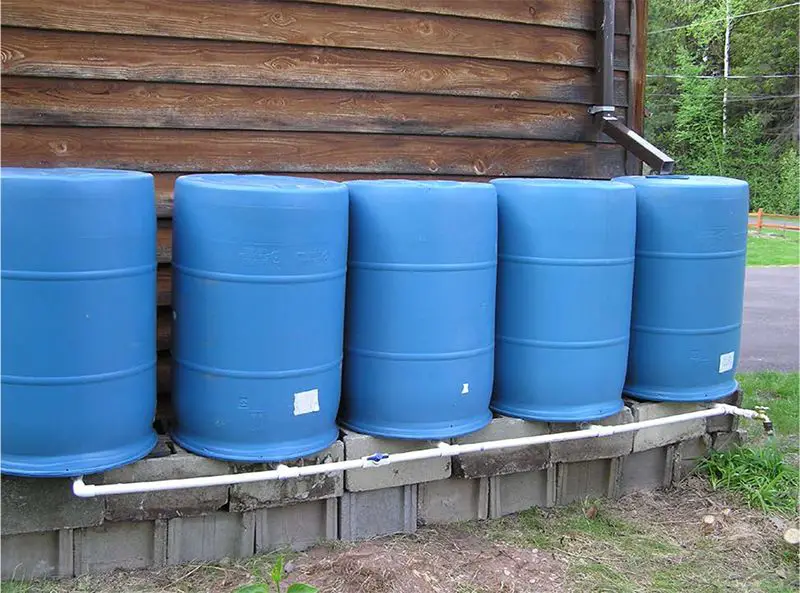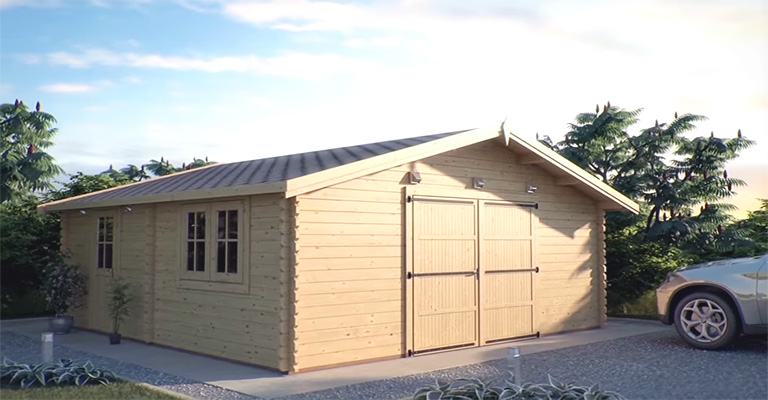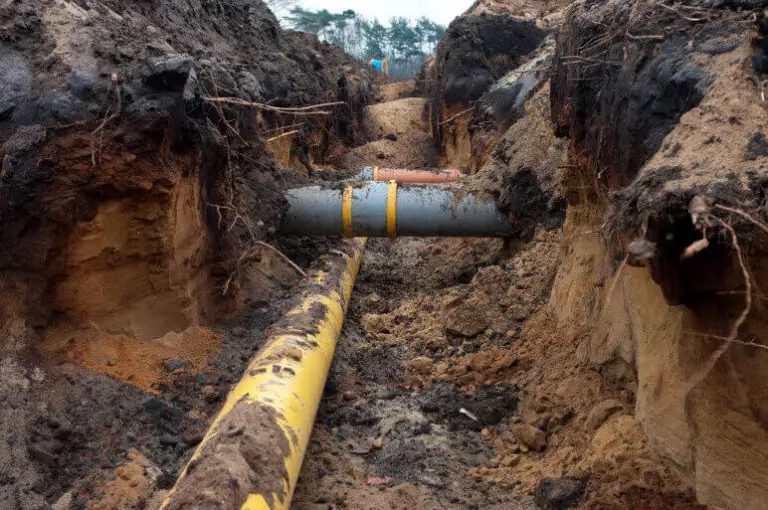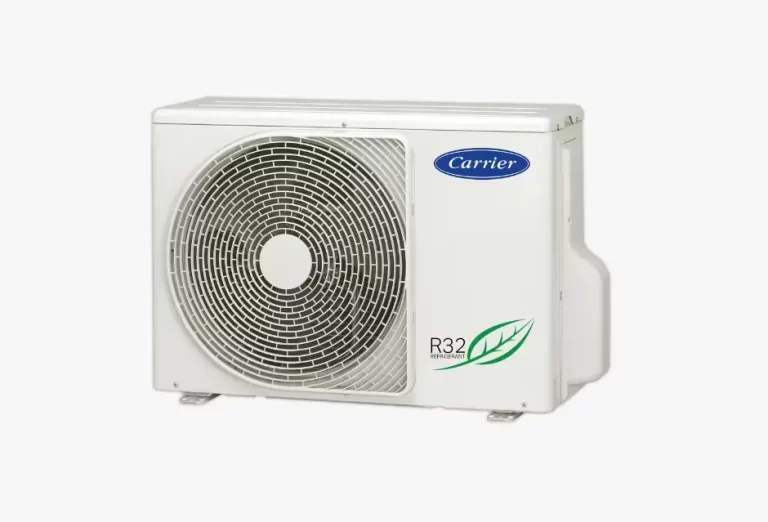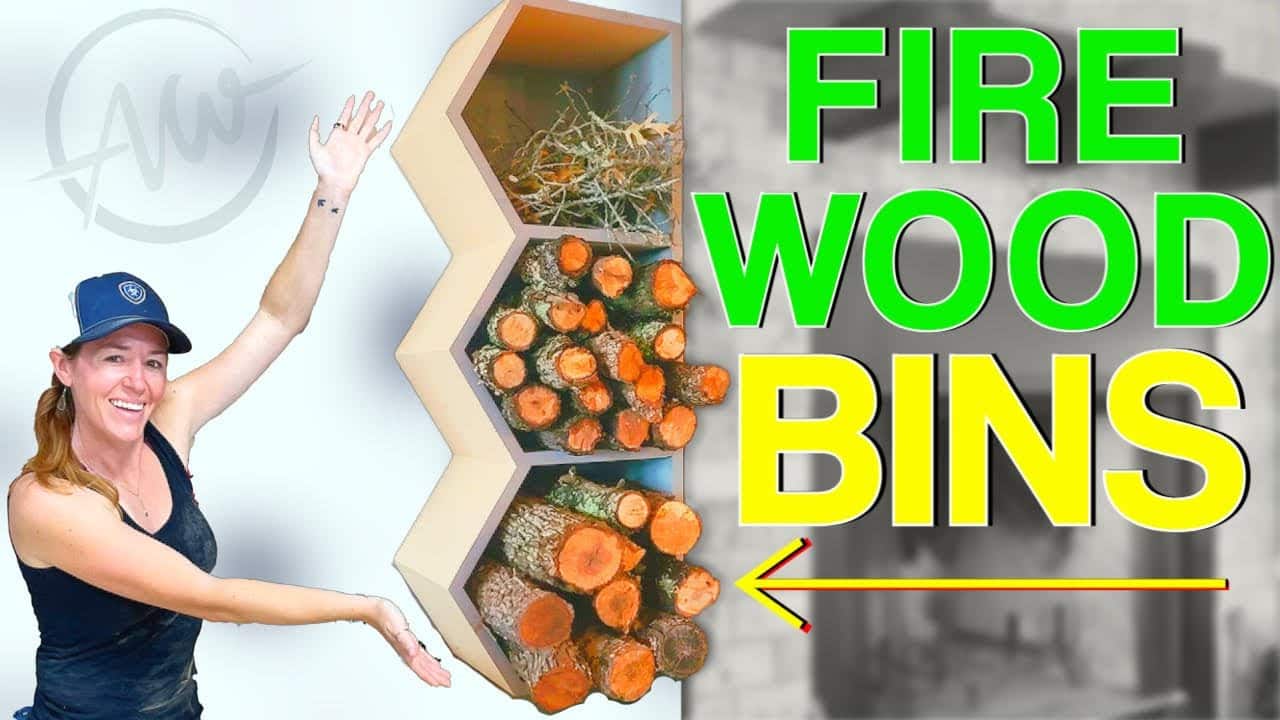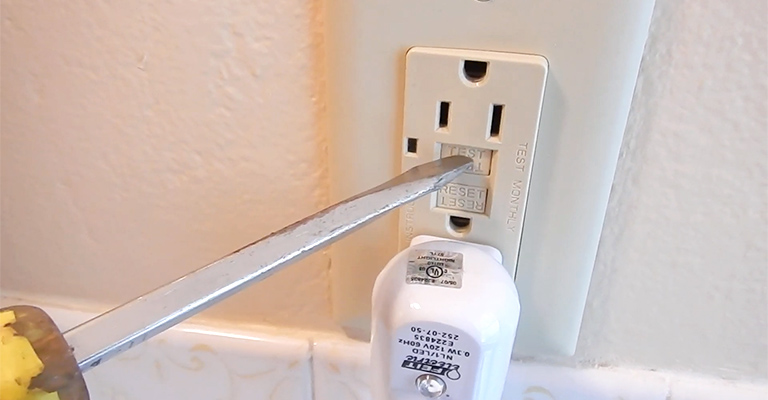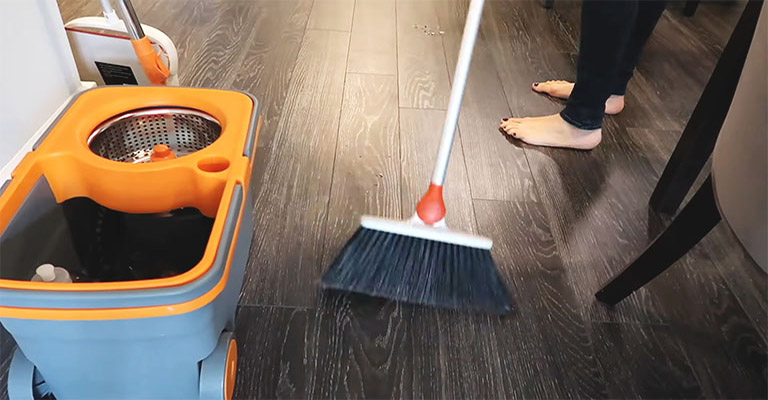Rain Barrel System: Harnessing Nature’s Bounty
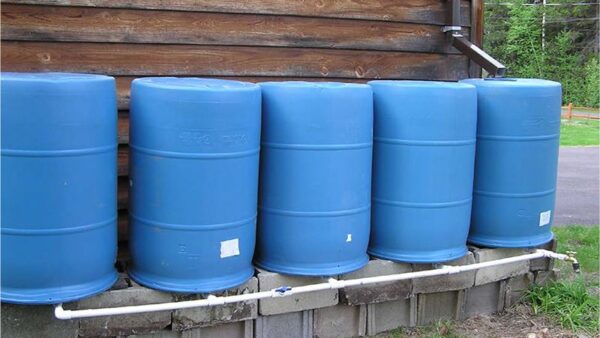
Rain has been a symbol of life and growth for millennia. For homeowners and gardeners, there’s no better feeling than knowing they’re capitalizing on nature’s bounty, especially when it comes to water conservation.
A rain barrel system is an efficient, environmentally-friendly method for collecting and storing rainwater to be reused at a later time. If you’re considering setting up a rain barrel system at home, here’s a comprehensive guide to get you started.
What is a Rain Barrel System?
A rain barrel system is a setup that collects and stores rainwater from your roof, diverting it from storm drains and allowing you to use it later. Typically, it involves placing a barrel or large container beneath a downspout to collect rainwater that flows off your roof.
It’s a simple yet effective method to reduce water bills, minimize the impact on local water resources, and provide a chlorine-free water source for gardens.
Benefits of Using a Rain Barrel System
Water Conservation
Every inch of rainfall on a 1,000 square foot roof can yield approximately 600 gallons of water. With a rain barrel system, homeowners can harness this free resource and significantly reduce their dependence on municipal or well water.
Reduces Water Bills
Especially during the dry seasons when garden watering is at its peak, a rain barrel system can save homeowners a considerable amount on their water bills.
Decreases Runoff Pollution
Rainwater can pick up pollutants from rooftops and paved areas, contributing to river and ocean pollution. Collecting and storing this water helps decrease the amount of pollutants entering water bodies.
Garden Health
Rainwater is naturally soft and devoid of chlorine, fluorides, and other chemicals found in tap water. This can promote healthier plants and soils.
Setting Up Your Rain Barrel System
Select the Right Barrel
There are many types of rain barrels available in the market, made of plastic, wood, or metal. It’s essential to choose a dark-colored and UV-resistant barrel to prevent algae growth and deterioration.
Placement
Position your barrel underneath a downspout. Elevate it on a stable platform to increase water pressure and make it easier to fill watering cans or connect hoses.
Overflow and Drainage
Make sure your barrel has an overflow spout to divert excess water away from your home’s foundation. It’s also crucial to have a good drainage system to prevent mosquito breeding.
Filtering
Install a mesh screen or filter on top of your barrel to keep out debris, insects, and animals.
Regular Maintenance
Empty your barrel regularly, especially before the winter months to prevent damage from freezing. Clean it periodically to remove sediment and debris.
Safety and Precautions
Avoid Drinking
While rainwater is natural, it can pick up contaminants from the atmosphere and rooftops. It’s best to avoid using rain barrel water for drinking or cooking.
Mosquito Prevention
Ensure your system is sealed and mosquitoes can’t enter. If needed, add safe larvicides or use mosquito dunks to prevent breeding.
Protect Children
Make sure your rain barrel has a secure lid to avoid accidents.
Advanced Tips for Maximizing Your Rain Barrel System
Once you’ve got the basics down, there are ways to optimize your rain barrel system further.
Linking Barrels
If you find that one barrel isn’t sufficient to meet your water needs, consider linking several barrels together. This will increase your storage capacity without requiring additional downspouts or setups.
Drip Irrigation System
Pairing your rain barrel system with a drip irrigation setup can be an effective way to ensure consistent watering for your garden. Drip irrigation is water-efficient and delivers water directly to the plant roots, minimizing evaporation and wastage.
Rain Gardens
A perfect complement to rain barrels, rain gardens are landscaped areas specifically designed to manage and utilize stormwater runoff. If your barrel overflows, directing this excess water to a rain garden can be both functional and aesthetically pleasing.
pH Balancing
Rainwater is usually slightly acidic. If you’re using it for plants sensitive to pH levels, consider testing the water occasionally. If needed, pH can be balanced using garden lime or other safe additives.
Education & Community
Share your experiences and learnings with your local community. Many areas even offer workshops or incentives for homeowners to install rain barrel systems. Engaging in local forums and workshops can provide further insights and improvements to your setup.
Economic and Environmental Impact
Beyond personal benefits, rain barrel systems have broader implications for communities. They help reduce the strain on municipal water systems, especially during droughts or high-demand periods. Moreover, by reducing stormwater runoff, they contribute to preventing local flooding and protecting the integrity of natural waterways from pollution.
Future of Rainwater Harvesting
As water becomes an increasingly precious resource, methods like rainwater harvesting through rain barrel systems and beyond will become even more critical. Innovations in this space are continuous, with newer, more efficient systems and integration with smart home technology on the horizon. By adopting these practices now, homeowners can stay ahead of the curve, ensuring a sustainable water source for their gardens and playing a role in global water conservation efforts.
Final Thoughts
Collecting rainwater has moved beyond a mere environmentally-friendly practice; it has become an embodiment of sustainability and economic prudence. With a well-designed rainwater collection system in place, homeowners can witness significant reductions in their water bills while also minimizing their reliance on warm tap water.
Incorporating components like the gutter splash block, gutter downspout, and a reliable filtration system ensures that the collected rainwater is of the highest quality. Understanding how much rainwater you can harvest, and equipping storage tanks with essential accessories like the overflow hose, adds efficiency to the process.
The numerous benefits of harvesting rainwater underscore its importance in today’s world. Whether you’re aiming to cut back on your water bill, wanting to provide your garden with a more organic water source, or simply striving to reduce the strain on municipal water systems, setting up a comprehensive rainwater collection system with essential features like a filtration system and storage tank is the way forward. Remember, every drop of rainwater we harness is a step towards a more sustainable future.

